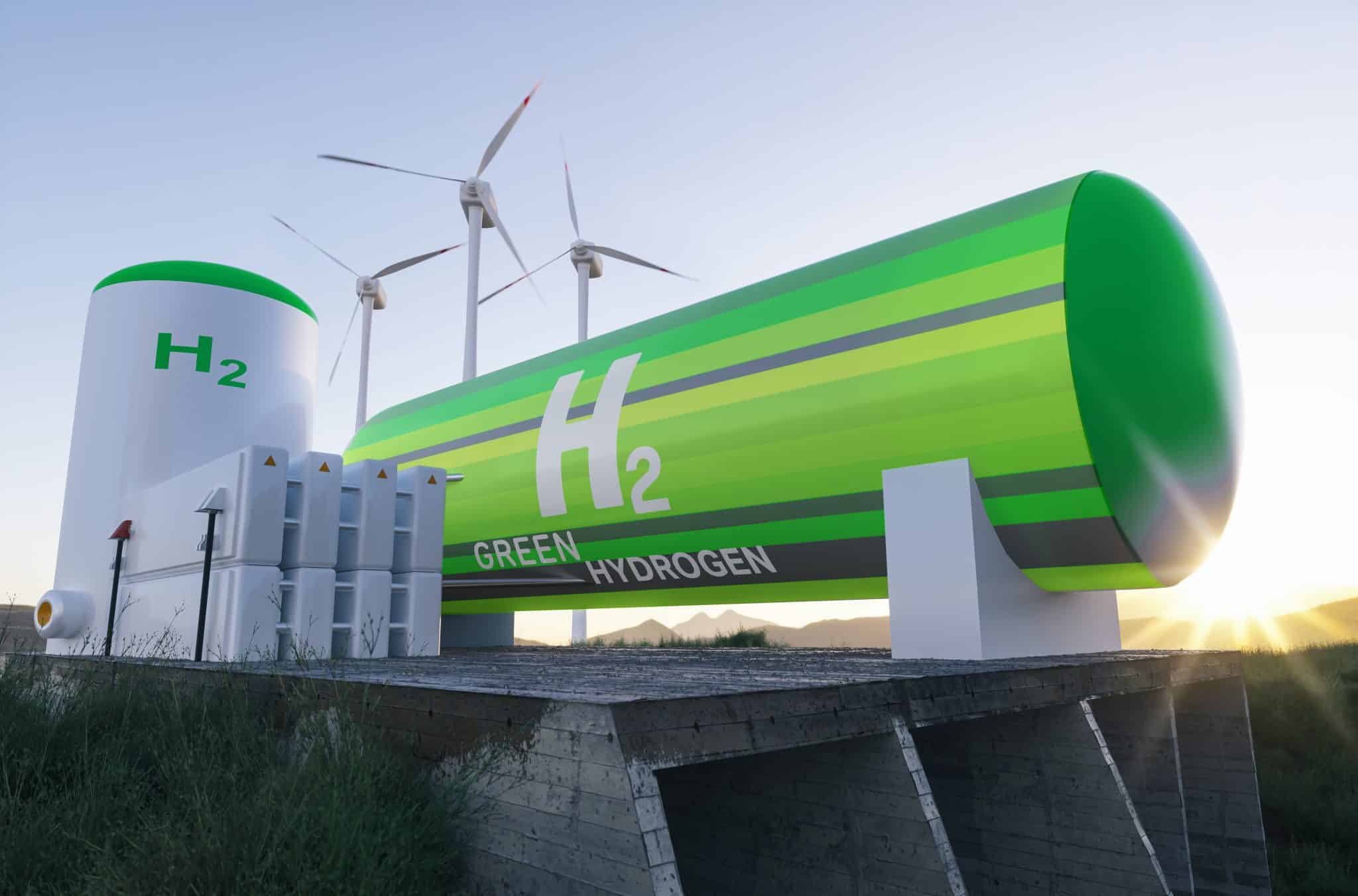
Hydrogen to Fuel a New Generation of Trains
Italy recently announced its plan to deploy its first hydrogen powered train by the end of 2024. The Coradia Stream H – which will run on hydrogen fuel cells – is equipped with 260 seats and has a range of 600 km or 373 miles.
Hydrogen as a fuel for rail transportation remains in its early stages. However, the potential exists for applications including industrial, passenger, freight, mining, rapid transit and even trams or hydrolley or hydrogen trollies. The technology -which is similar to that used in the automotive and aerospace industries is being developed by China, Germany, Japan, Taiwan, the UK and the United States.
Alstrom presented the Coradia iLint™ for the first time at Innotrans 2016 in Berlin. Entered into commercial service in Germany in 2018, it became the world’s first hydrogen passenger train. Using a combination of hydrogen fuel with battery energy storage, the zero-emission train releases only steam and condensed water.
The UK’s first hydrogen-powered train – the HydroFLEX – was launched in 2019 and is fitted with hydrogen fuel tanks, a fuel cell, and two lithium-ion battery packs for energy storage. Development plans are on-going to improve the train’s power and performance.
The use of hydrogen shows promise but comes with numerous technical challenges. Hydrogen is almost three times as dense as gasoline on a mass basis but is far less dense on a volume basis. That means it has to be compressed to produce the same energy per volume.
Germany plans to put a total of 14 hydrogen trains in service. However, given there are more than 4,000 diesel-powered trains running in Germany alone, this nascent hydrogen effort is truly just a baby step. But baby steps eventually turn into adult strides, and that’s where the stop that I believe hydrogen transportation will soon achieve.
Energy Central, Tony Paradiso, November 1, 2023
